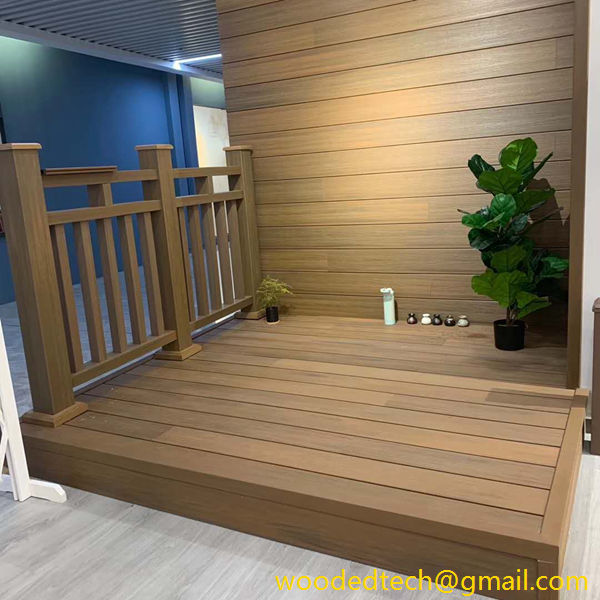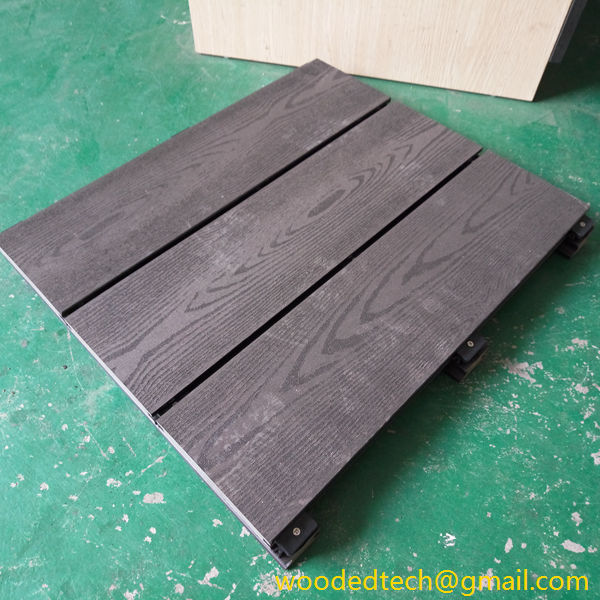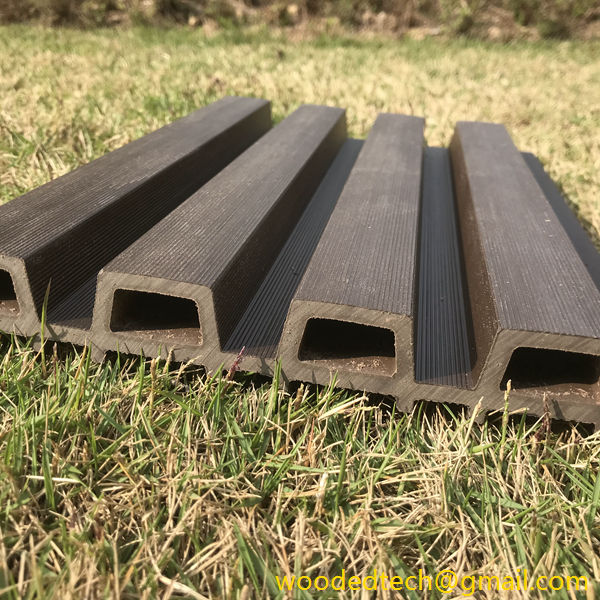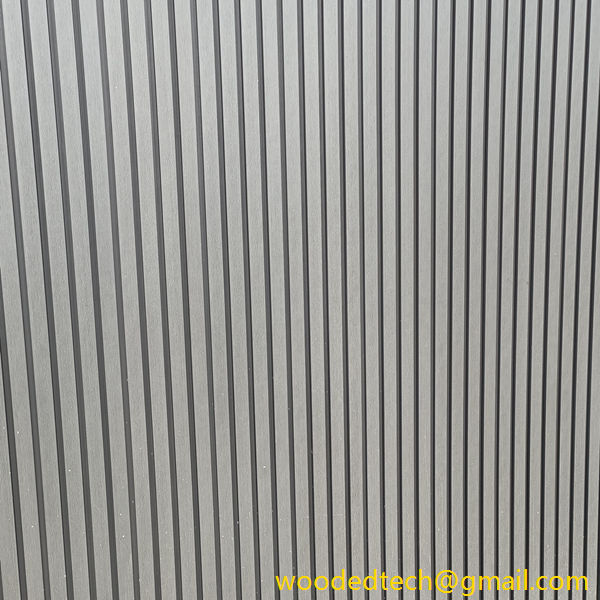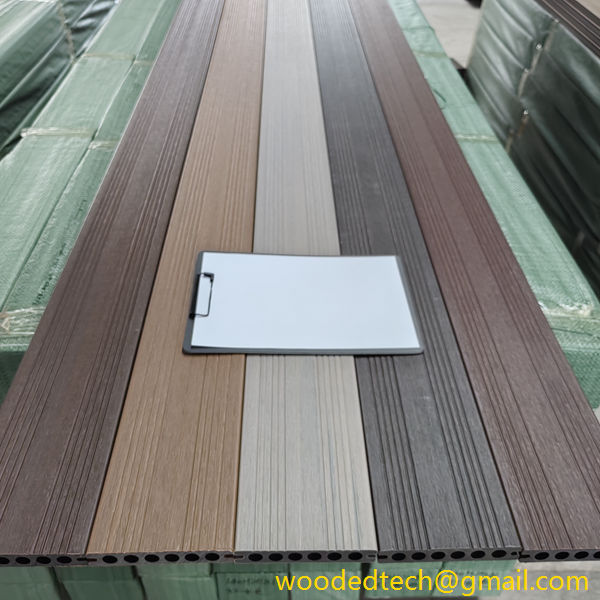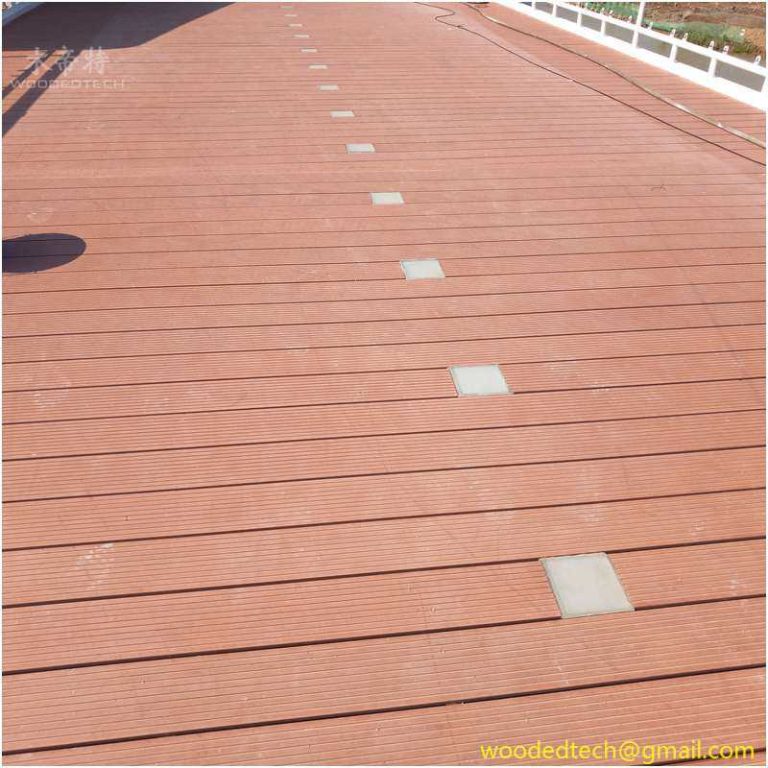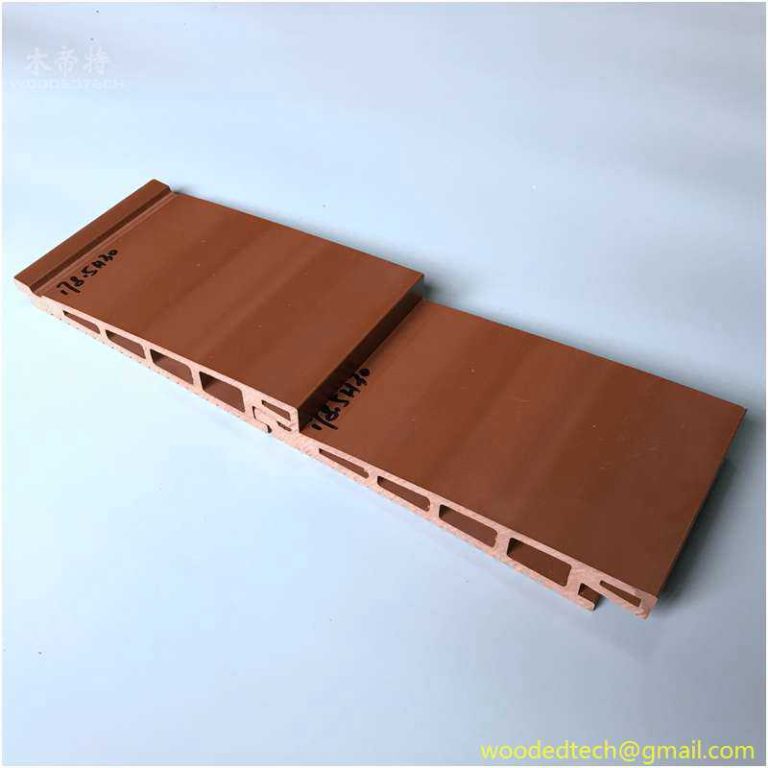wpc wall cladding & decking
wpc wall cladding & decking Integrated wood-plastic wall panels and floors to create a unique space design With the improvement of modern life quality, people’s requirements for home environment are getting higher and higher. How to make the home space more beautiful, environmentally friendly and practical has become the focus of many designers and consumers….
Integrated wood-plastic wall panels and floors to create a unique space design
With the improvement of modern life quality, people’s requirements for home environment are getting higher and higher. How to make the home space more beautiful, environmentally friendly and practical has become the focus of many designers and consumers. In recent years, integrated materials have gradually become the new favorite of home design. Among them, wood-plastic wall panels and floors have received widespread attention with their unique advantages. This article will introduce the characteristics of wpc wall cladding & decking in detail, and how to make them more suitable for your design style.
1. Introduction to wpc wall cladding & decking
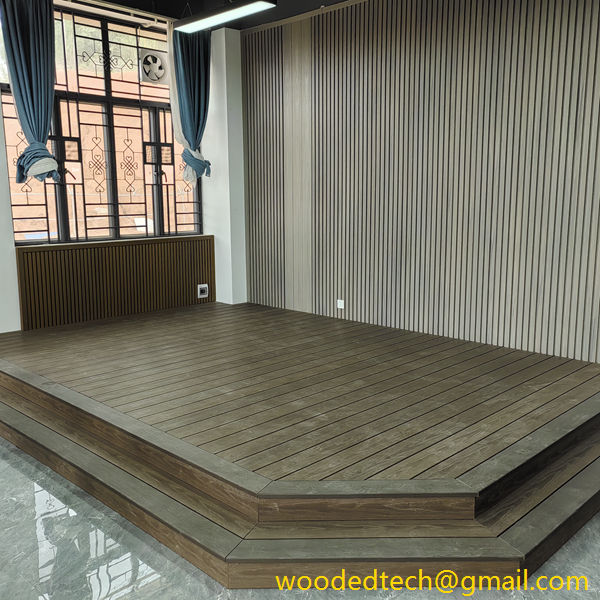
wpc wall cladding & decking is a decorative material that uses high-tech means to apply wood-plastic composite materials to walls and floors. Wood-plastic composite materials are made by mixing wood powder, plastic and other raw materials in a certain proportion, and then processed by high temperature, high pressure, extrusion and other processes. It has the natural texture and beauty of wood, and the characteristics of plastic, moisture-proof and wear-resistant. It is an ideal home decoration material.
2. Advantages of wpc wall cladding & decking
1. Environmental performance: During the production process of wood-plastic composite materials, no harmful substances are added, which meets the national environmental protection standards. At the same time, it can be recycled, reducing the consumption of wood resources.
2. Durability: Wood-plastic composite materials have high strength and wear resistance, long service life, and are not easy to damage.
3. Waterproof and moisture-proof: Wood-plastic composite materials have good waterproof and moisture-proof properties, suitable for humid environments such as kitchens and bathrooms.
4. Easy to install: wpc wall cladding & decking adopts a splicing design, which is simple to install and saves time and effort.
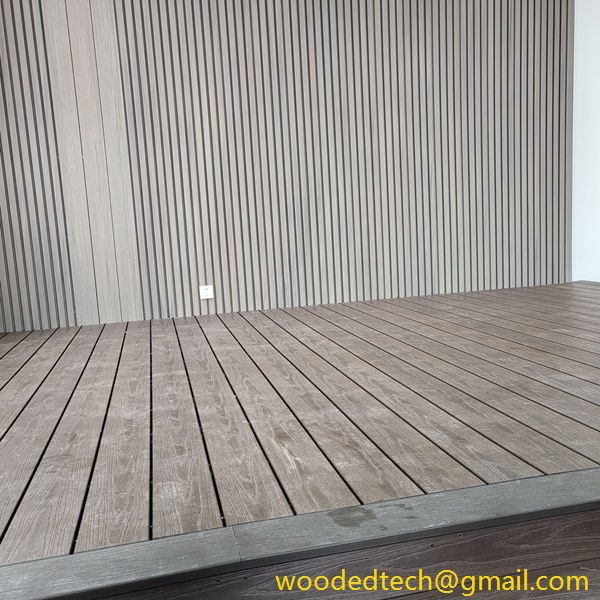
5. Beautiful and generous: Wood-plastic composite materials have natural wood grain and texture, which can meet the aesthetic needs of different consumers.
3. How to make wpc wall cladding & decking more suitable for your design style
1. Choose the right color and style: wpc wall cladding & decking has a variety of colors and styles to choose from, and you can choose according to your home style and personal preferences. For example, simple-style homes can choose elegant wood grains, and modern-style homes can choose fashionable dark colors.
2. Pay attention to matching: wpc wall cladding & decking should be reasonably matched with furniture, curtains and other home accessories to form a harmonious and unified overall effect. For example, you can choose wood-plastic wall panels and floors with similar colors to the furniture to make the space more coordinated.
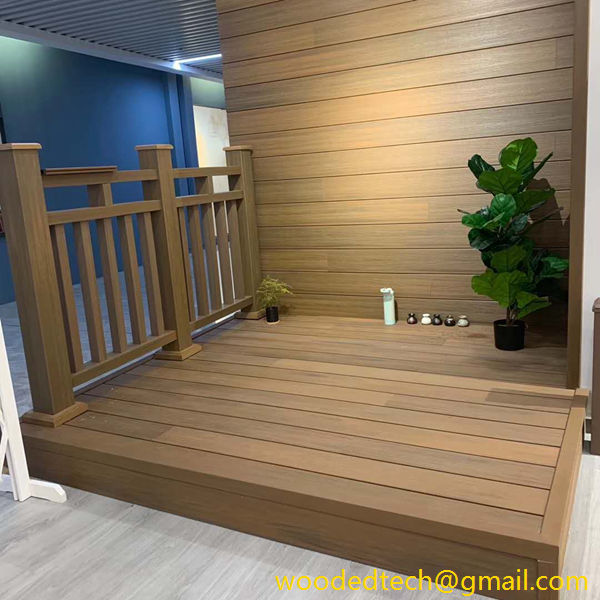
3. Innovative design: wpc wall cladding & decking can be applied to a variety of occasions such as walls, floors, and ceilings. You can try innovative design solutions, such as splicing wood-plastic wall panels of different colors to create a unique visual effect.
4. Appropriate white space: In home design, appropriate white space can increase the layering and comfort of the space. wpc wall cladding & decking can contrast with blank walls or furniture to make the space more spacious and bright.
IV. Conclusion
wpc wall cladding & decking has become a new favorite in modern home design with its unique advantages. Through reasonable selection and matching, they can easily adapt to your design style and add beauty to the home space. Let us keep up with the trend and use wpc wall cladding & decking to create a unique space design.

